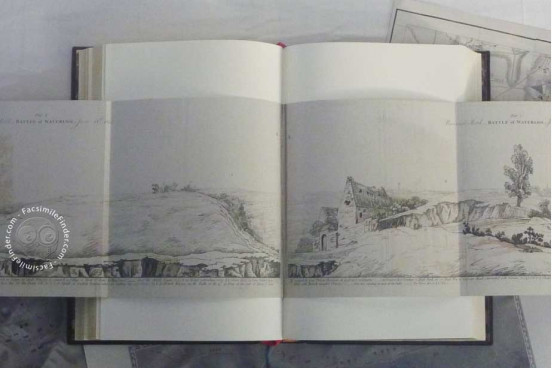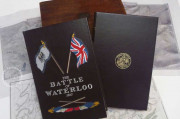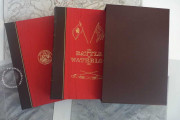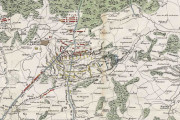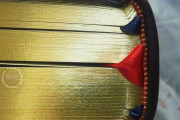The writings
A unique collection of the most powerful and moving writing from all sides of the battle including reports, eye-witness accounts and letters.
They are combined with a wealth of sketches, illustrations, prints and maps.
The commemorative anthology is based around three of the great Waterloo texts, one British, one Prussian and one French. Each offers a very different perspective on the battle and, intercut, they combine to give the reader a fascinating overview of the campaign. Interspersed throughout the text are the letters, reports and recollections from men of both sides and all nationalities, some famous, many obscure, but all writing with the visceral voice of a frontline participant.
These are the forgotten voices of Waterloo, reminding us of the astonishing events of the 16th, 17th and 18th June 1815. The result is an extraordinarily vivid depiction of the battle through the eyes of the men who were there. It is their voices that we seek to remember and their experiences that we seek to preserve for generations to come.
The final notes and letters written immediately before and after the battle by the Duke himself are coming from the collection of his papers at Southampton University. As well as numerous letters and accounts from men of all sides and all ranks we have also replicated the battle numbers as recorded by the Duke himself and his first draft of the Waterloo Dispatch in its entirety.
The illustrations
Interspersed throughout the book there are over 200 prints, maps and diagrams, culled from sources across Europe and the United States.
The pictues include original hand-coloured material from publishers proofs by kind permission of the Getty family library at Wormsley.
In addition there are a series of 34 etchings, originally published by John Booth.
There is also a remarkable selection of sketches and Napoleonic satires from the Anne S. K. Brown Library.
There are also Siborne's letters and papers in the British Library for sketches and diagrams from his correspondents. The famous panorama of the battlefield published by John Booth will be tipped into the book as will the campaign maps and plans of the battle from both Jones and Mudford’s original texts.
The maps
There are 8 of Siborne’s famous anaglyptograph maps, produced with Bate’s patented engraving. This technique brings the contours of each map into relief when it is correctly aligned to a light source, with stunning results. Siborne’s maps include two maps for each battle at different periods:
Quatre Bras - at 3pm and 9pm
Ligny - at 2.30pm and 8.30pm
Waterloo - at 11.30am and 8.30pm
Wavre at 4pm on the 18th and at 4pm on the 19th
We have 2 facsimiles of the manuscript "Waterloo 1815 (Collection)":
- Waterloo 1815 - The Exemplary Edition facsimile edition published by Extraordinary Editions
- Waterloo 1815 - The Commemorative Edition facsimile edition published by Extraordinary Editions

